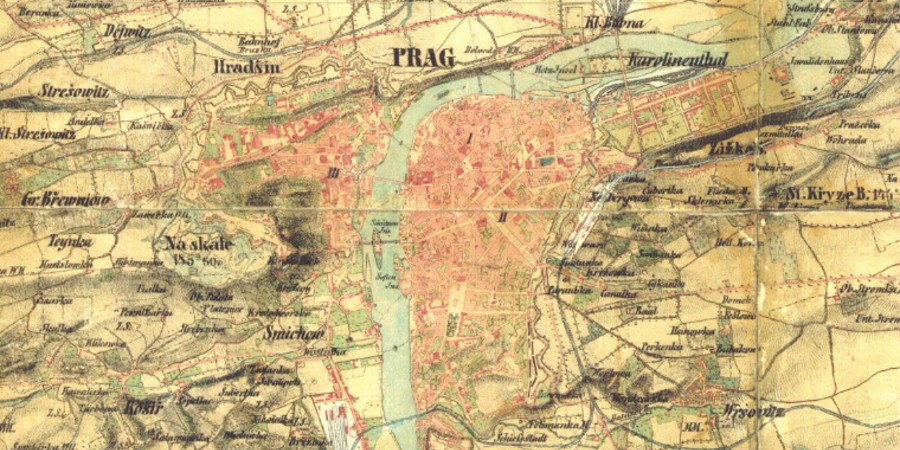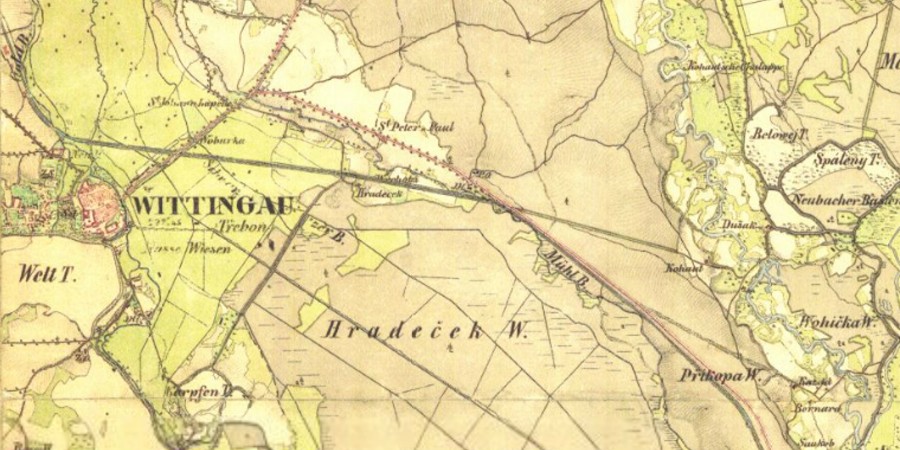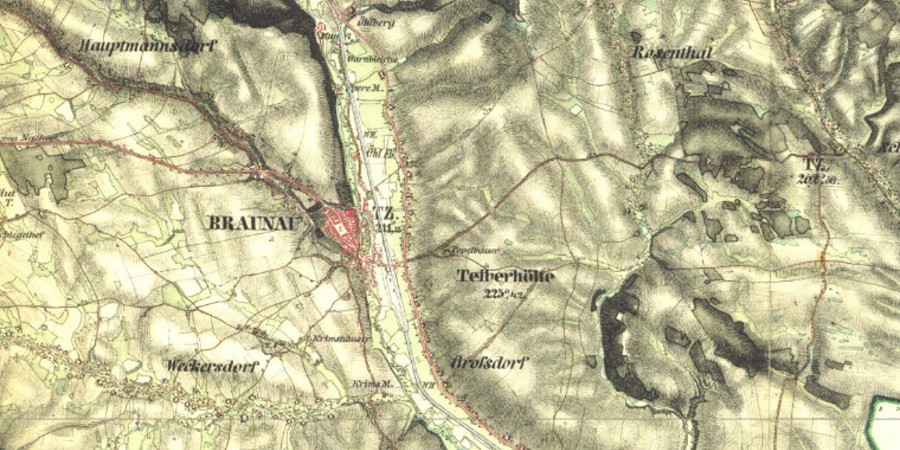



Historical landscape ranks among the subjects which have been receiving increased attention from both professionals and lay public during the past two decades. Although it certainly cannot be said that studying landscape and its transformations would be an unknown subject prior to 1989 in the Czech lands, an increased interest in historical landscapes came to the fore only after this year. The possibility of uncensored (and thus often critical) views on the development of landscape during the past forty years merely represented one of many aspects at work. Yet another and clearly far more significant aspect was the topicality of the subject – in the early post-1989 period, “the return to old values” was among the presumed ways leading to both a physical and a spiritual renascence of society, and the very “landscape of our predecessors” began playing a fundamental role within the register of both the real and presumed values of the past which were to serve as exemplary.
In the context of studying historical landscape, it is much more fundamental to answer the following questions – What in fact shall we conceive of that “original landscape” for which we strive so much to restore? And what does “restoring” it really mean (or can mean)? The examples from practice usually equal attempts at reviving something of the landscapeʼs once documentable (recordable) character. Perhaps an underlying aspect here is also the subconscious effort to at least partially compensate for the violent and frequently unfortunate landscape interventions dating to the latter half of the 20th century, but also for the contemporary lack of interest which very negatively affected the centennial heritage of cultural landscape (an outstanding example of restoring “Baroque landscape” is the pilgrimage road leading from Plasy to Mariánská Týnice).
Professional research of a historical landscape (aimed at a certain period) or historical landscapes (in the sense of the development of a landscape in a selected area) can take several basic routes. Two crucial tendencies in the given sense – as it at least appears under today’s state of research – are (1.) studying (reconstructing) composed landscape complexes and (2.) studying (reconstructing) the historical use of particular areas (the historical land-use). Each tendency is guided by its specific methodology, while the latter rather follows the “statistic” route, i.e. the quantitative aspects of landscape development. In all cases, the descriptive stage is closely followed by the interpretative stage – the explication of the circumstances and the context of landscape transformations which are reflected in its (often very highly) variable scale of land-use.
Landscape complexes which are remarkable from the viewpoint of history, preservation, landscape itself and art are usually protected as landscape preservation zones. The hitherto research of historical landscapes has conformed to this by preferring landscapes (“micro-worlds”) which are composed and quite unambiguously graspable, have been developing along the lines of rather clear concepts and also lacking cohesive (a priori) idea as compared to historical landscapes. The authors of the present study are nonetheless convinced that this direction ironically opens wide possibilities for future research – for they understand landscape as a mosaic composed of both variable and largely stable components, while the mixture of the two is changing over time, and thus the resulting face of the landscape is constantly new. This is why the authors’ point of departure became the particular landscape features; this is why they decided to explore their development via case studies and focused on more extensive, albeit historically compact areas in order to discover which features are either stable or unstable and how the changing particulars affect the overall landscape character.
Researching cultural landscape in its entirety can indeed result in a deeper understanding of the settlement and economic activities of people, their behaviour within a given space and the corresponding landscape transformations. No matter the degree of overstatement and, also, strong belief in the analogical character of elementary principles, there is a comparison with archaeology: for it is the integrated perception of landscape as a space retaining a body of impacts of the previous settlement activities which has recently been attracting most attention. In addition, the shift of the traditional settlement archaeology’s focus on “excavations” (in fact, mere parts of prehistoric communities’ settlements) to the theory of settlement complexes – i.e. theory which tends to view landscape globally, as a space encompassing vast areas rich in traces of settlement activities –, is more than legitimate. As far as the Czech lands are concerned at least from the late Middle Ages, there are no hic-sunt-leones spots the existence of which would substantiate anyone’s ignorance. The local landscape consisted of “areas” of various land-use which would (or at least could) transform over time – and the authors did their best to keep this fact in mind while elaborating on the subject of “historical landscapes”.
In selecting the three model territories for the research in question, the authors eventually agreed on one Prague (sub)urban neighbourhood and two “rural” areas, the latter being the hilly landscape of the Broumov headlands and the Třeboň Basin plain. These three territories are not only rather distant from each other, but also experienced quite different morphological and historical developments. The aspects followed are the expansion of a city to the landscape and cities as the origins of industrial suburbs, Baroque cultural landscape cultivated by the Benedictine Order and the medieval and early modern-age agricultural and cultural landscape of the Rožmberk and Schwarzenberg domains.
The book HISTORICAL LANDSCAPES IN BOHEMIA (Regions of Třeboň, Broumov and Praha) was published as part of the project.
The map portal Historical Landscapes was supported by the project Kartografické zdroje jako kulturní dědictví. Výzkum nových metodik a technologií digitalizace, zpřístupnění a využití starých map, plánů, atlasů a glóbů (DF11P01OVV021) [Cartographic sources as a cultural heritage. Research into new methodologies and digitalization technologies, publicising and utilisation of old maps, plans, atlases and globes] of the Ministry of Culture of the Czech Republic.